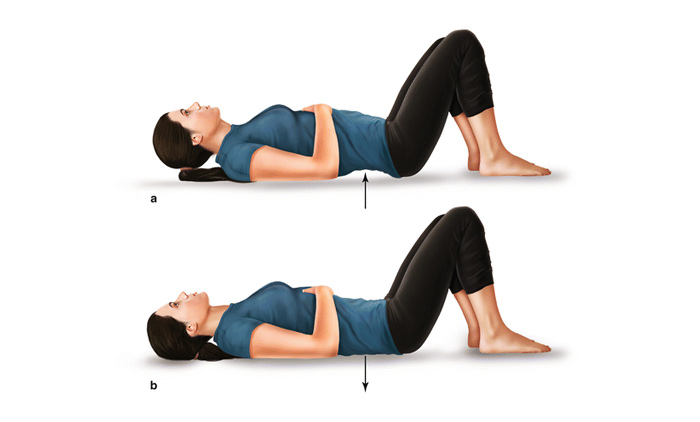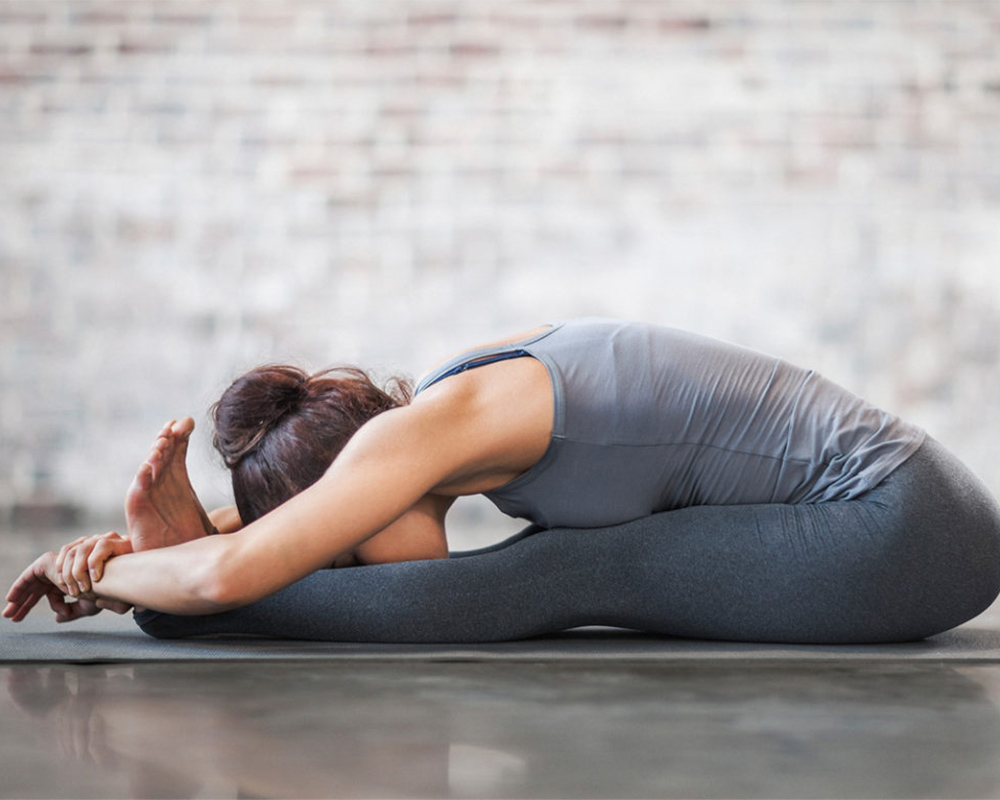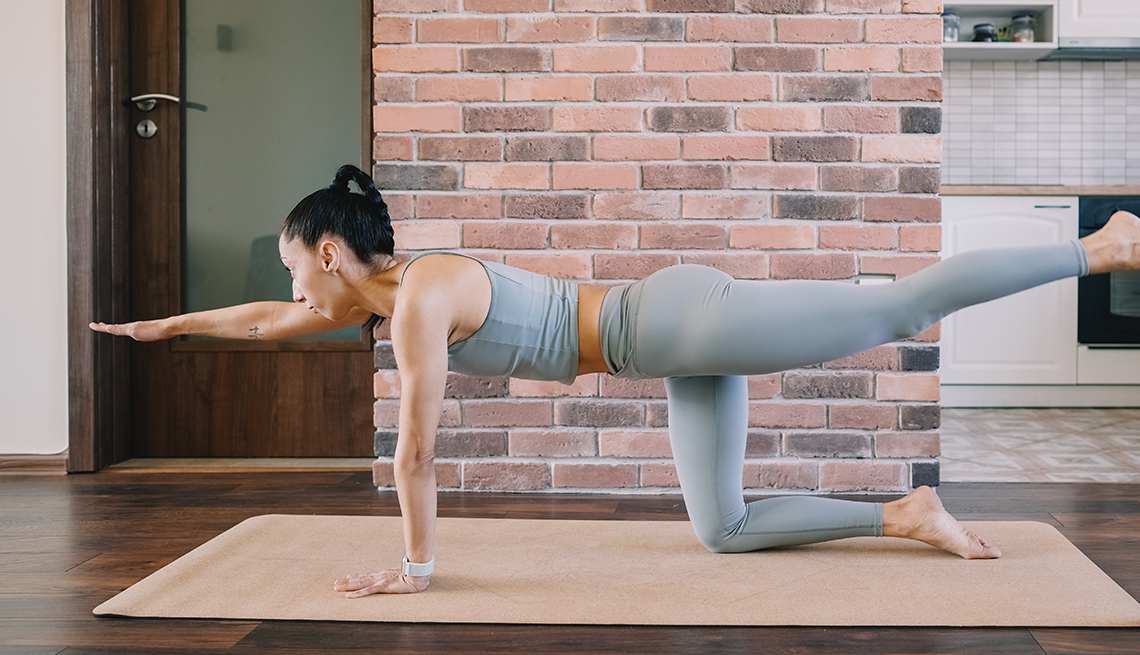Lumbar spondylosis is a chronic disease when the discs and joints degenerate, and bones develop on the spinal vertebrae. The disease causes pain and limits range of motion due to affected nerves, reducing the patient's quality of life. To control the condition well, in addition to diet, patients also need to have their own exercise plan.
1. Benefits of exercise for people with lumbar spine degeneration
- Strengthen back and abdominal muscles to support and protect the spine, helping to reduce pressure on the vertebrae and discs.
- Improve body posture and balance. This will help distribute body weight more evenly, avoiding excessive pressure on one position.
- Increase range of motion of the spine. Gentle stretching exercises will help lubricate the joints and keep the spine flexible.
- Increases blood flow to the vertebrae and muscles. More oxygen and nutrients promote recovery and repair.
However, people with spinal degeneration also need to be careful not to exercise too hard to avoid further damage. You should practice gentle exercises with proper technique under the guidance of a coach.
2. Lumbar spine exercises help support pain relief and relaxation
Below are 5 exercises for people with lumbar spondylosis at home that physical therapy experts recommend doing at least twice a day, each exercise repeated 10 times:
Back stretching exercises
- Start by lying on your back on the floor.
- Straighten one leg, lifting the foot with the heel pointing toward the floor.
- Bend the other knee and use both hands to pull the knee close to the chest, inhaling deeply.
- Straighten your legs back to the starting position while gently exhaling.
Do the same with the other leg.

Spinal mobility exercises
- Start by lying on the floor with your hands clasped behind your neck.
- Press your back close to the floor and lift your butt off the floor, while gently exhaling.
- Slowly arch your back off the floor while keeping your buttocks close to the floor, and inhale deeply.

Hamstring stretching exercises
- Start in a sitting position on the ground, legs stretched out in front of you, toes pointing up.
- Gently lean forward, reaching for your toes to feel the stretch in the back of your legs.
- Hold the position for 30 seconds, repeat the movement about 3 times.

Exercises to maintain balance
-
Start with your arms straight on the floor, and kneel with your knees together, toes pointing straight back.
- Keep your head, back and spine straight, then move your right hand forward, then stretch your left leg back and inhale deeply.
- Lower your arms and legs to return to the starting position and exhale gently.
Do the same with the other side.

Abdominal exercises
- Start with your legs bent, feet lifted off the bed.
- Bend and stretch your legs like riding a bicycle.
- Alternate your legs, inhaling and exhaling evenly.

Besides, building a scientific nutritional regimen will help the body prevent many diseases and keep the bone and joint system healthy. In your diet, you should pay attention to:
Supplement calcium and vitamin D: Calcium deficiency is a common cause of osteoporosis, causing the spine to quickly degenerate.
Supplement omega fatty acids, vitamin E and antioxidants: These nutrients are all very good for intervertebral discs, preventing spinal degeneration and spinal spurs.
Good weight control: This is also an effective way to prevent bone and joint diseases. Because as body weight increases, the spine will be under more pressure, susceptible to damage leading to degeneration.
Drink plenty of water: Patients should drink about 1.5 - 2 liters of water every day, and limit drinks with stimulants such as coffee, wine, and beer.
More information here